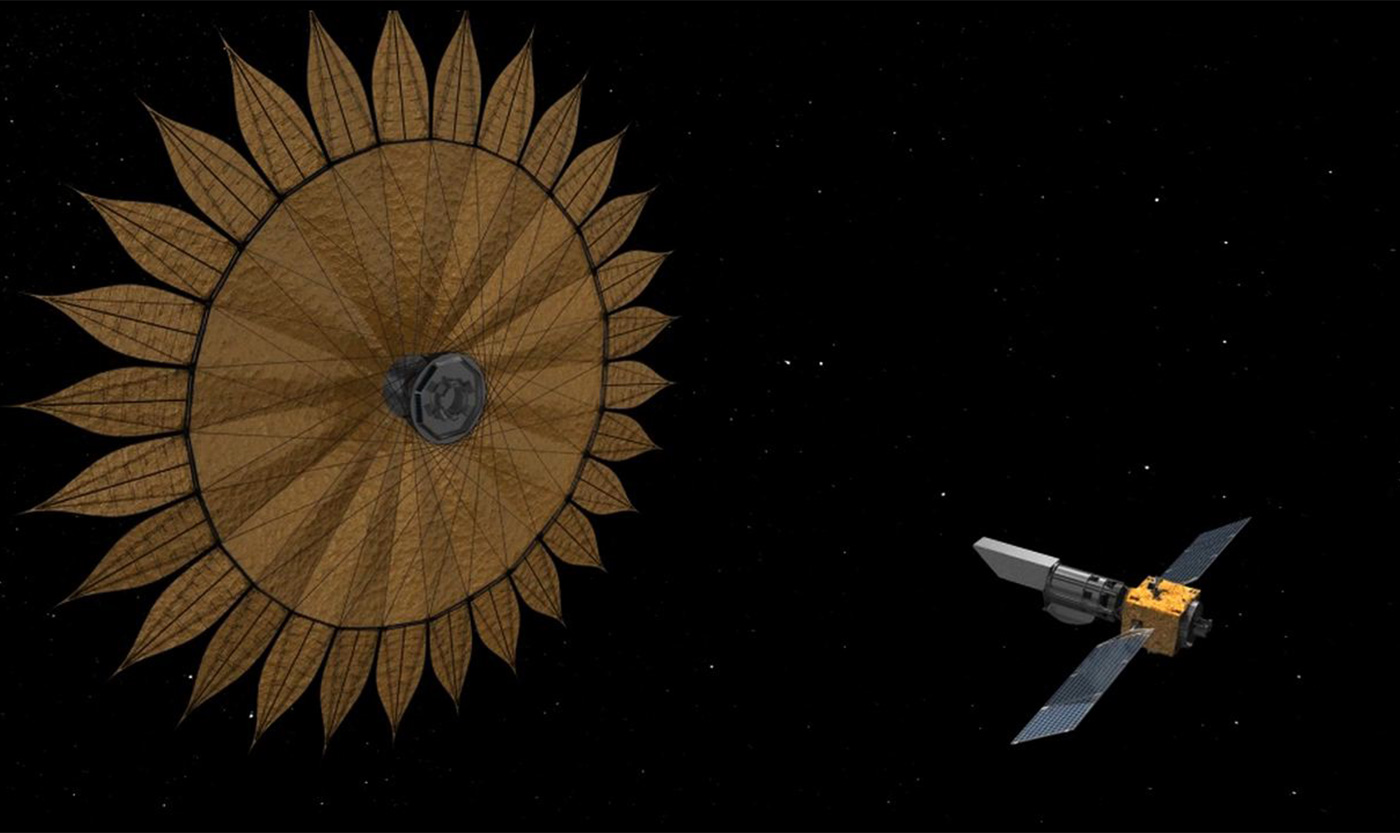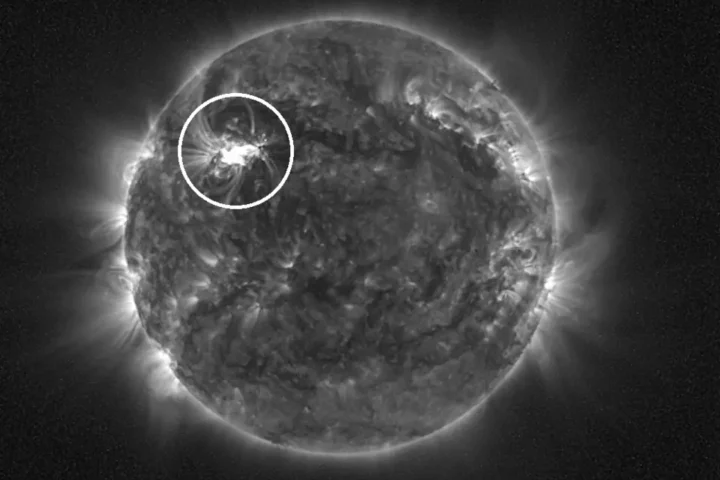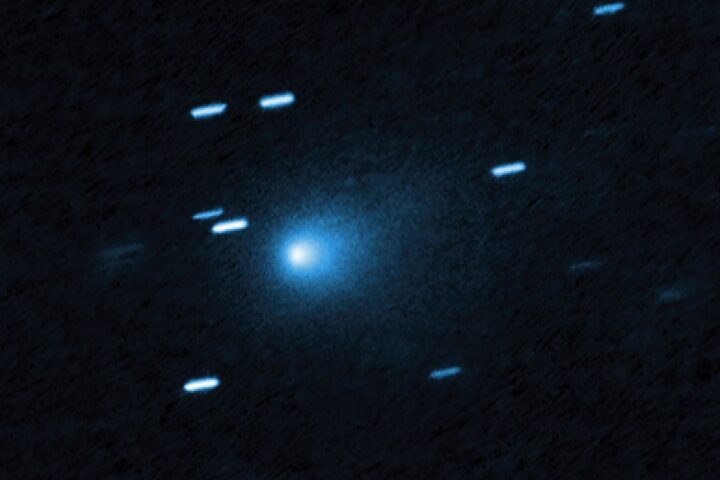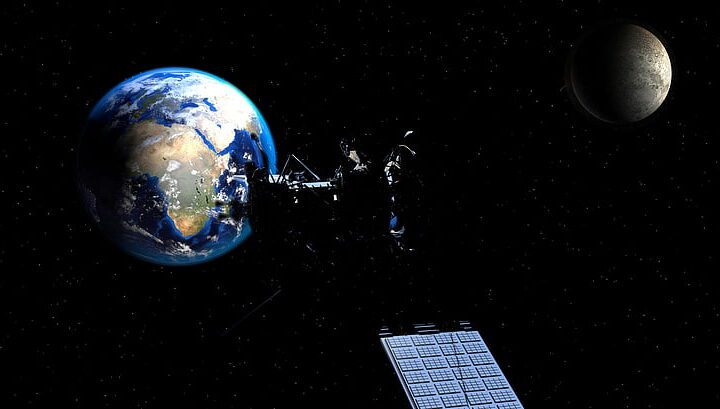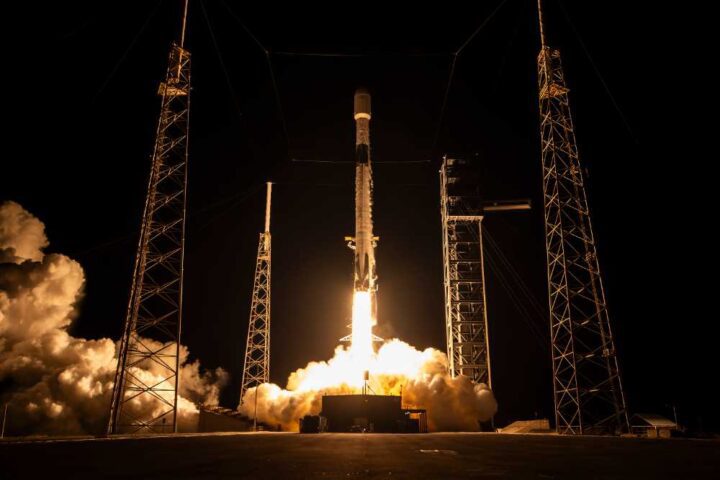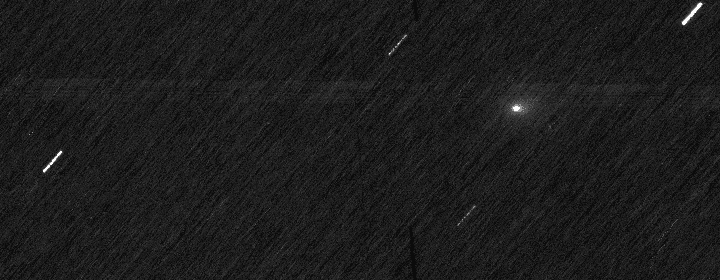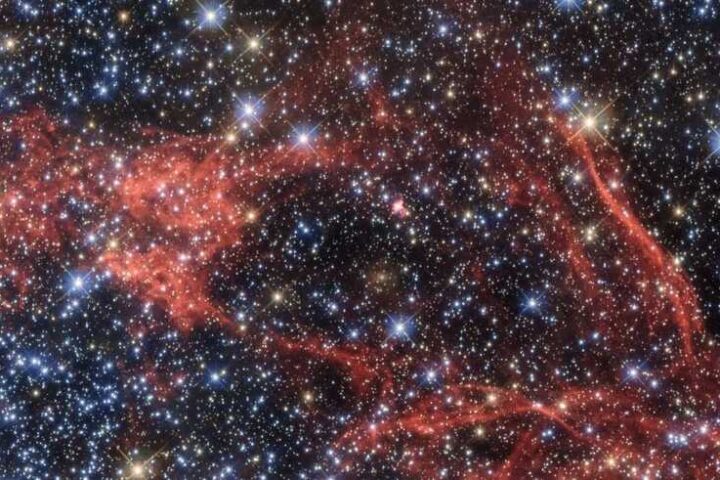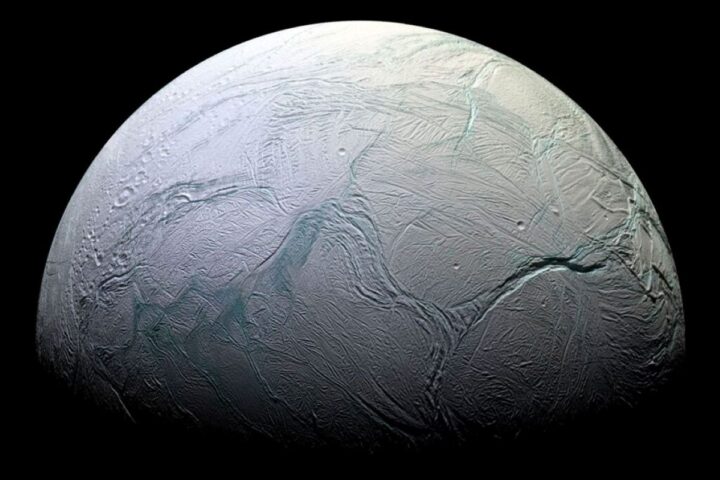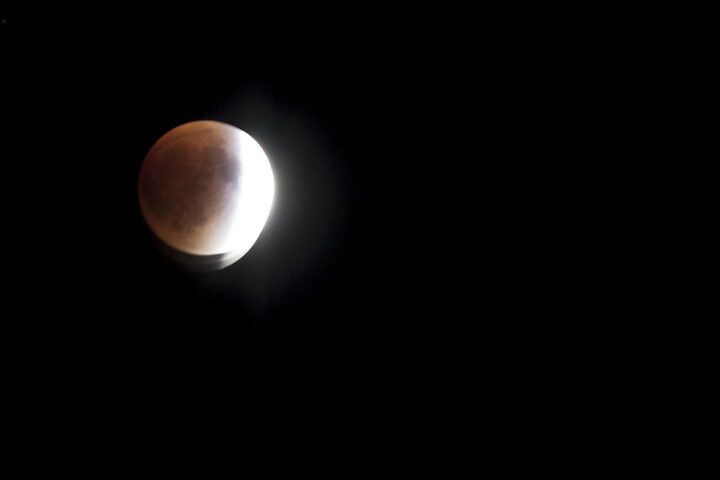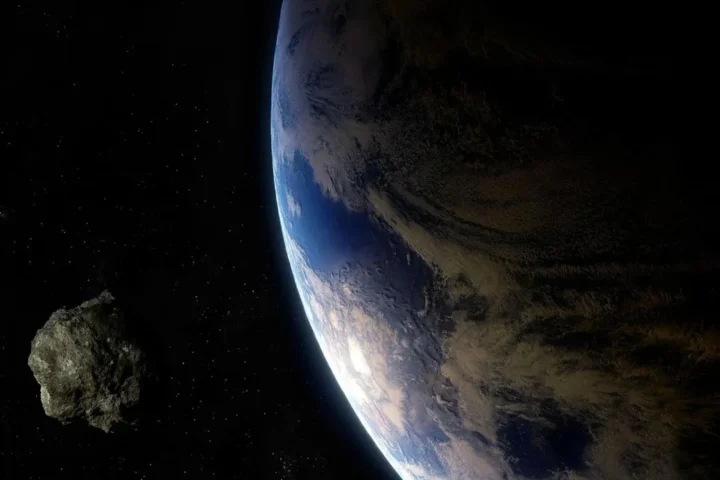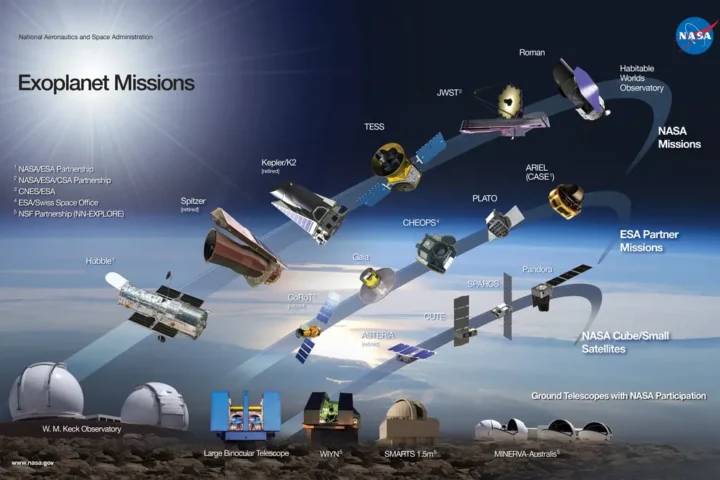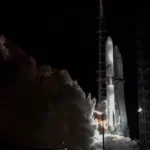NASA has set an ambitious goal for the year 2050: to identify and characterize at least 25 habitable planets outside our solar system. This mission will be carried out by the Habitable Worlds Observatory (HWO), a mega telescope that promises to revolutionize our understanding of the cosmos and the search for extraterrestrial life.
The HWO is a flagship mission specifically designed to detect and analyze habitable planets in other star systems, employing advanced techniques to detect chemical “biosignatures” such as oxygen and methane in the atmospheres of these exoplanets. This endeavor will provide advanced capabilities to make transformative discoveries in astrophysics, including studies on the evolution of cosmic structures and galaxy formation.
The design of the HWO surpasses that of the James Webb Space Telescope in several key aspects. With a primary mirror up to 8 meters in diameter, the HWO is equipped to observe in the near-infrared, ultraviolet, and visible spectra, using an innovative sunshield to filter out unwanted light. This “super-Hubble” will enable scientists to discover and study Earth-like planets in detail, assessing whether they are common or rare in our galaxy.
Similar Post
The spectroscopic analysis conducted by the HWO is crucial for identifying biosignatures in the atmospheres of exoplanets and assessing the habitability of these worlds. The mission will also focus on studying the atmospheric and climatic conditions of these exoplanets, providing valuable data on their potential to harbor life.
NASA has already begun the groundwork for the HWO, with construction expected to be completed in 10 years. Contracts have been awarded to three companies to research state-of-the-art optics, mission designs, and telescope characteristics at a cost of $17.5 million, with work set to begin in mid-2024.The US government might pledge up to $11 billion to the HWO telescope project
As per Mark Clampin, director of the Astrophysics Division at NASA Headquarters in Washington, The Habitable Worlds Observatory will be a historically ambitious mission.. As part of its early planning phases, NASA has solicited proposals to advance the necessary technologies, highlighting the challenges ahead, such as developing a highly capable coronagraph and an ultra-precise optical system.
